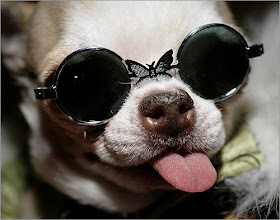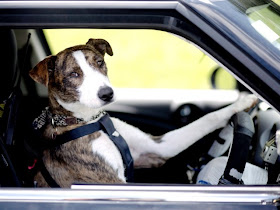The White-faced Saki Monkey is one of the different types of monkeys of the Pithecia genus, which is categorized as a member of the New World Monkey order.
Found in the Northern and Central areas of South America, Saki Monkeys are found in different parts of the South American continent including Peru, Colombia and the Northern portions of Bolivia, with the White-faced Saki Monkey found in Brazil.
Characterized as a small monkey that is built for arboreal habitats, the White-faced Saki Monkey is defined by a head that is “hooded” with fur, a physical characteristic that has led its naming to be so. Also found in Guyana, Suriname, Venezuela and in French Guiana, the White-faced Saki Monkey’s looks has also led many in referring to them as the Golden-faced Saki.
As a species, the White-faced Saki Monkey is known to spend a lot of time atop trees, mostly in the lower canopies of forests. With a diet that is dominated by fruits, they are also known to consume quantities of different seeds and nuts, as well as having a certain penchant for feeding on small insects.
One unique trait found in White-faced Saki Monkeys is in how their “mating rites and rituals” are setup, with White-faced Sakis typically mating with only one partner for life.
As with most male and female mammals, physical differences between male and female White-faced Saki Monkeys are known to be present, with most male White-face Sakis sporting dark-black hued coats which are complemented with a reddish-white hued tone on their face, throat and forehead. Females are known to sport a lighter hued coat, typically brownish grey, which is matched with brown stripes located in the ends of their eyes and mouth.
Being native to the forests of Central America, the White-faced Saki Monkeys are not an endangered species. Different types of Sakis are known to be kept in captivity, with further studies and understanding devoted to the species being given their due.
With their small physiques and their distinct “hooded” faces, the White-faced Saki Monkey is truly an interesting monkey that stands out from the rest.
White-faced Saki Monkey Video


















































